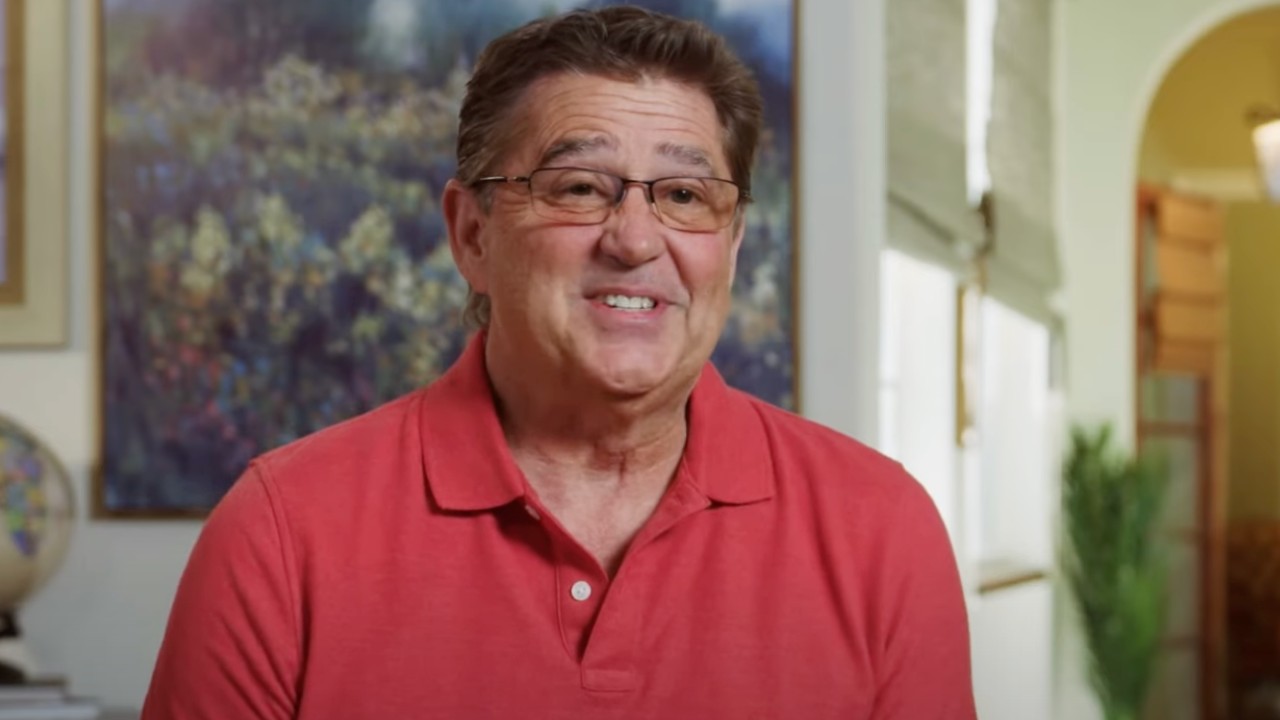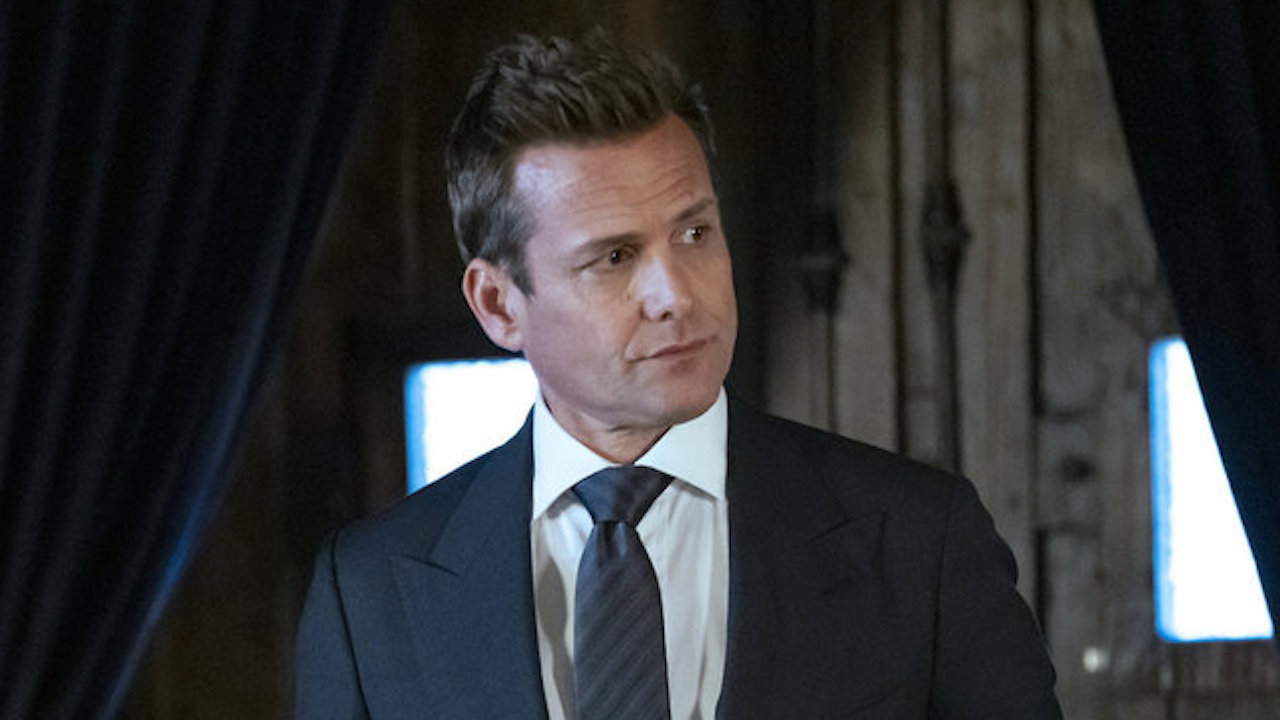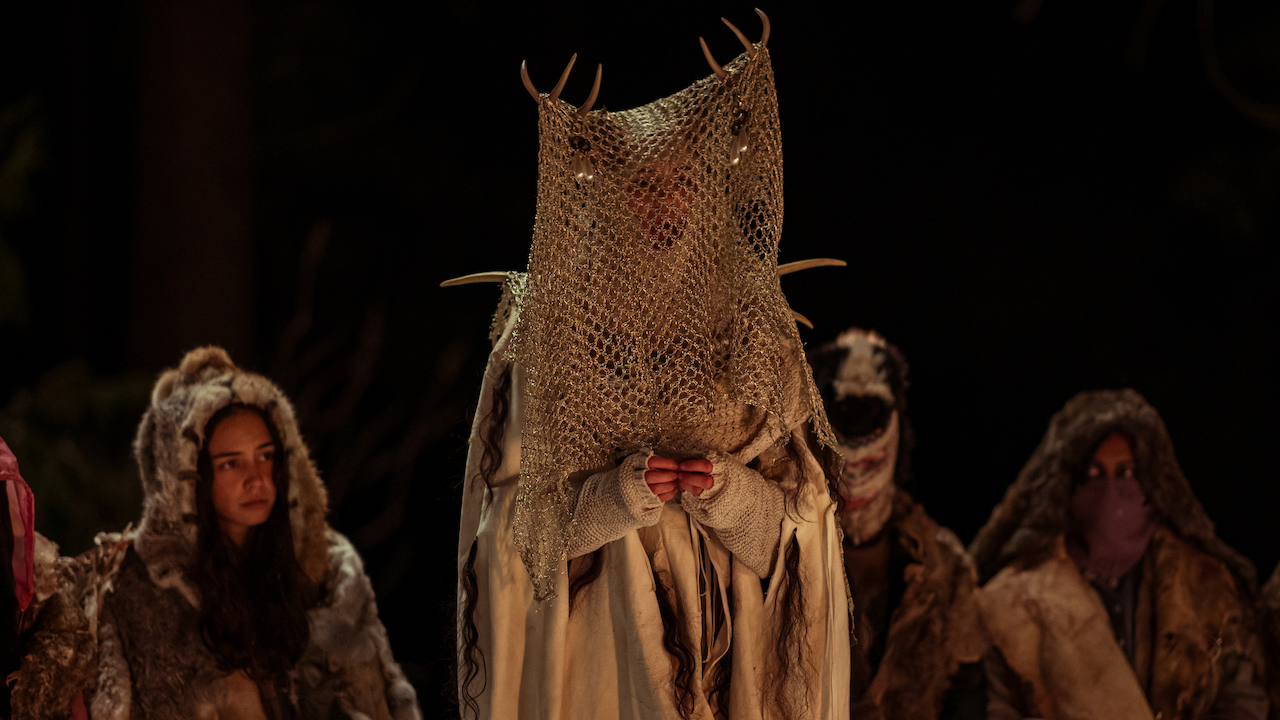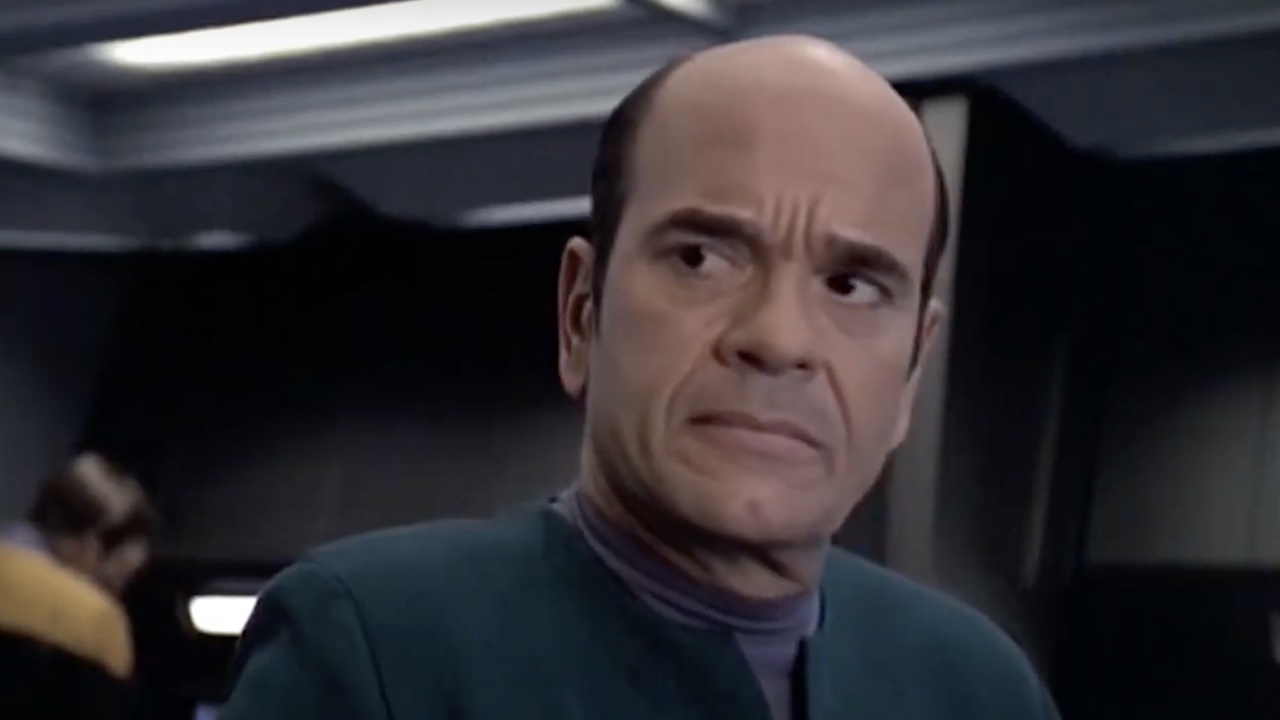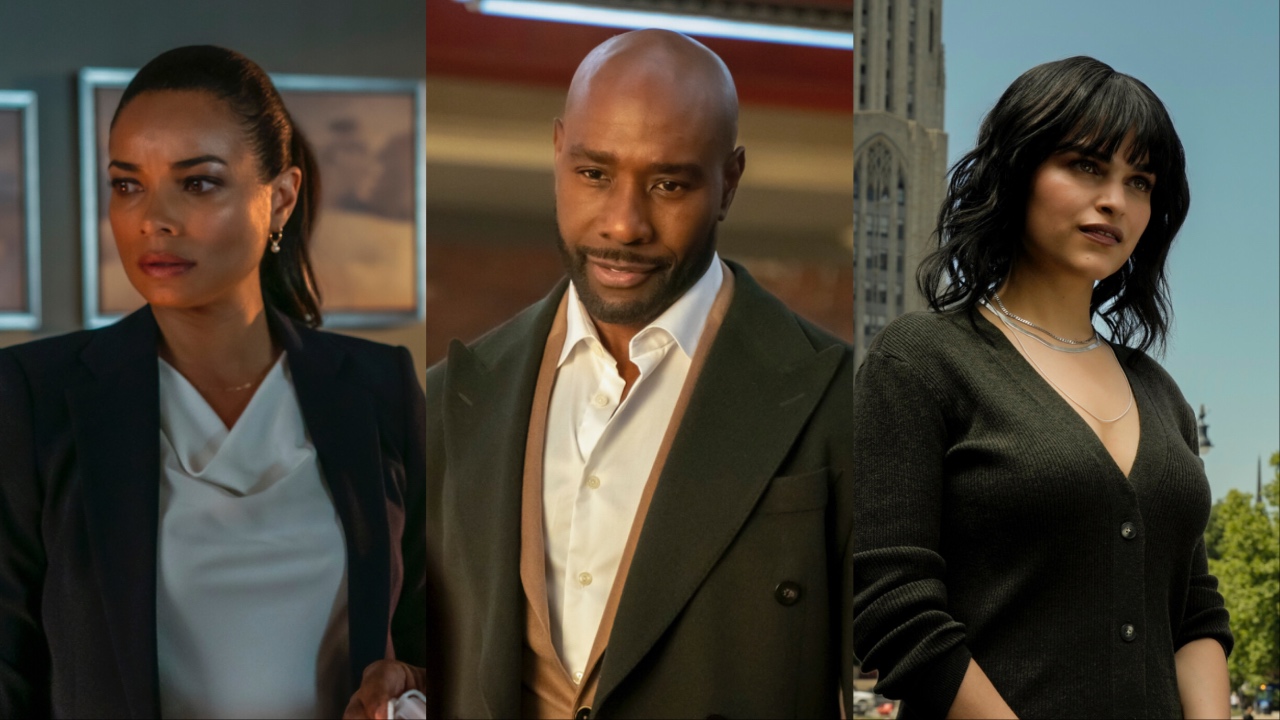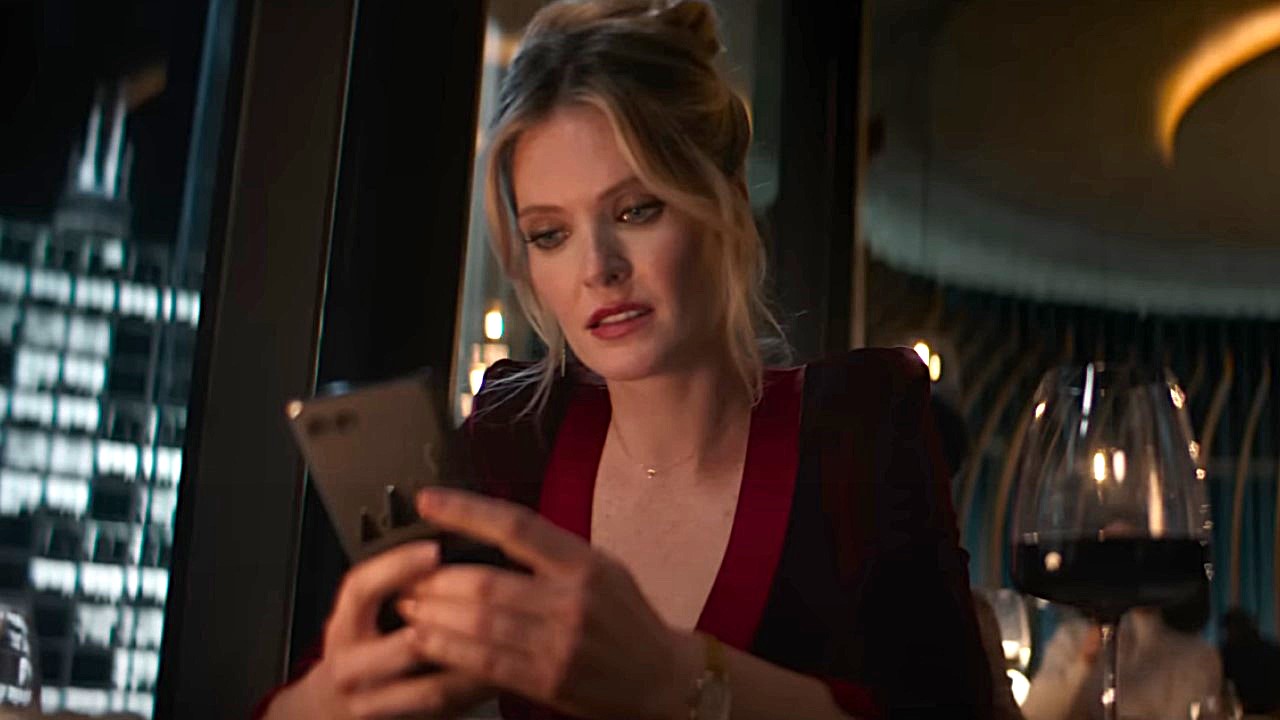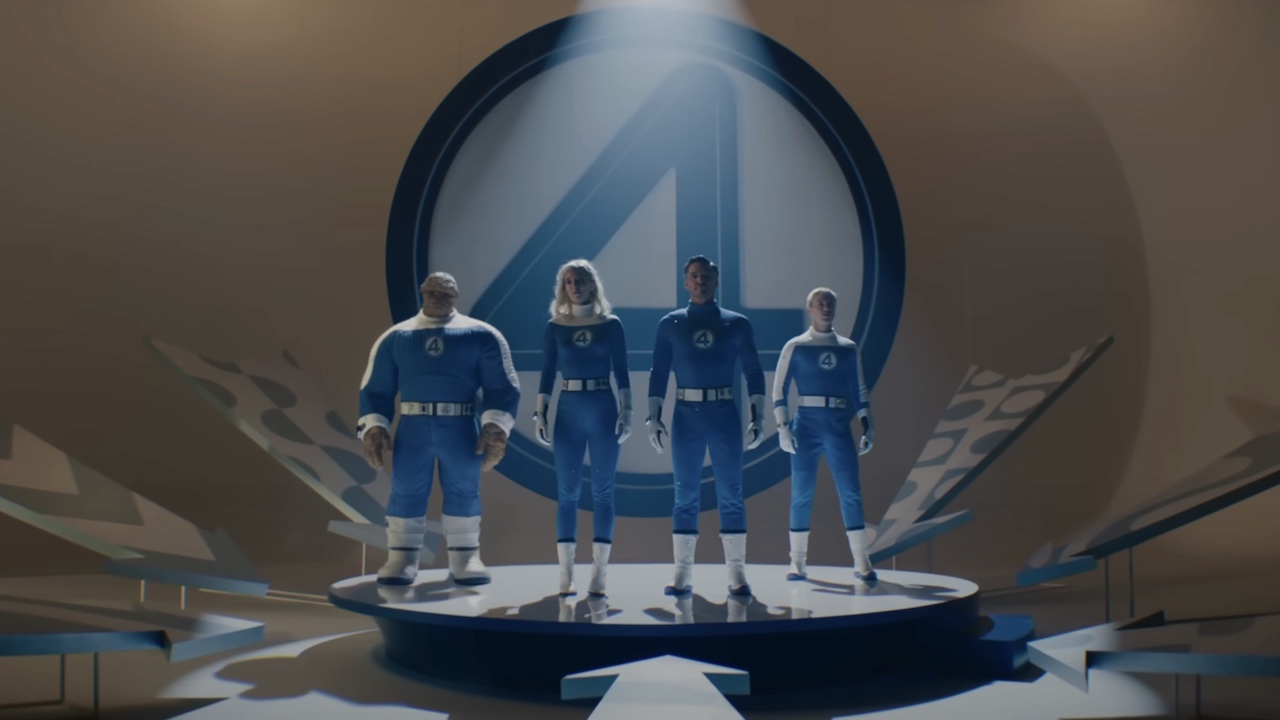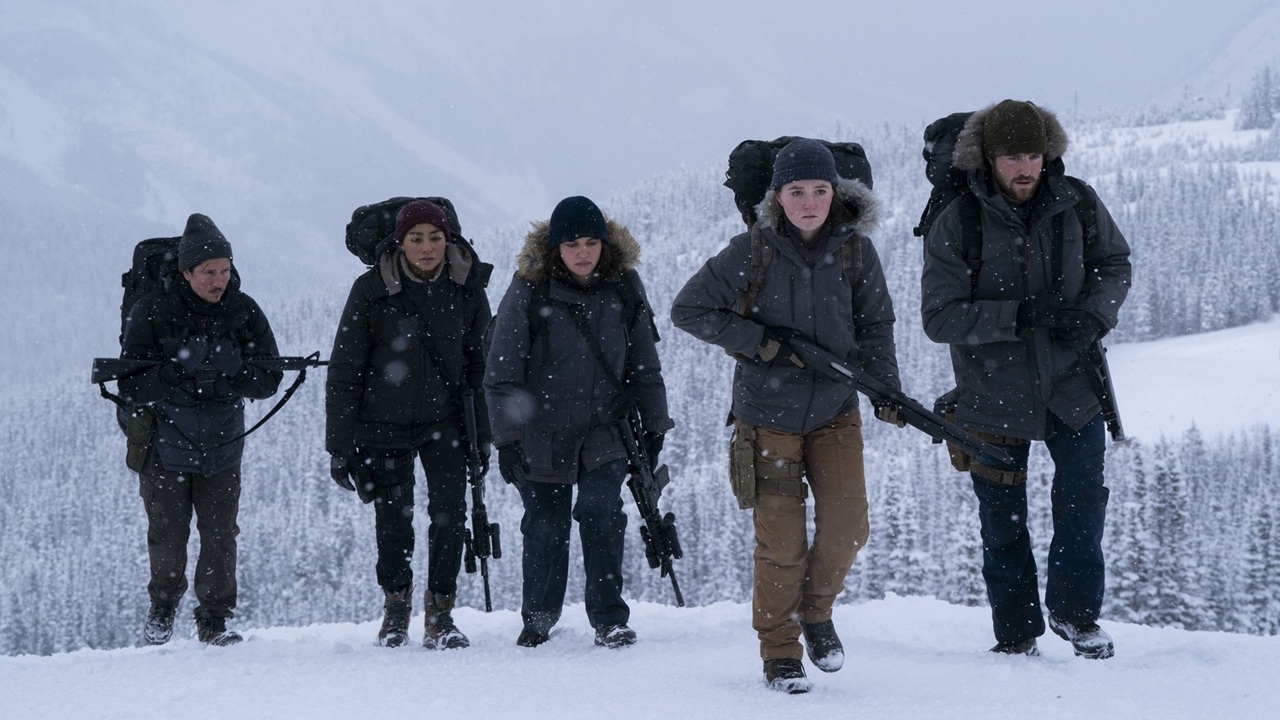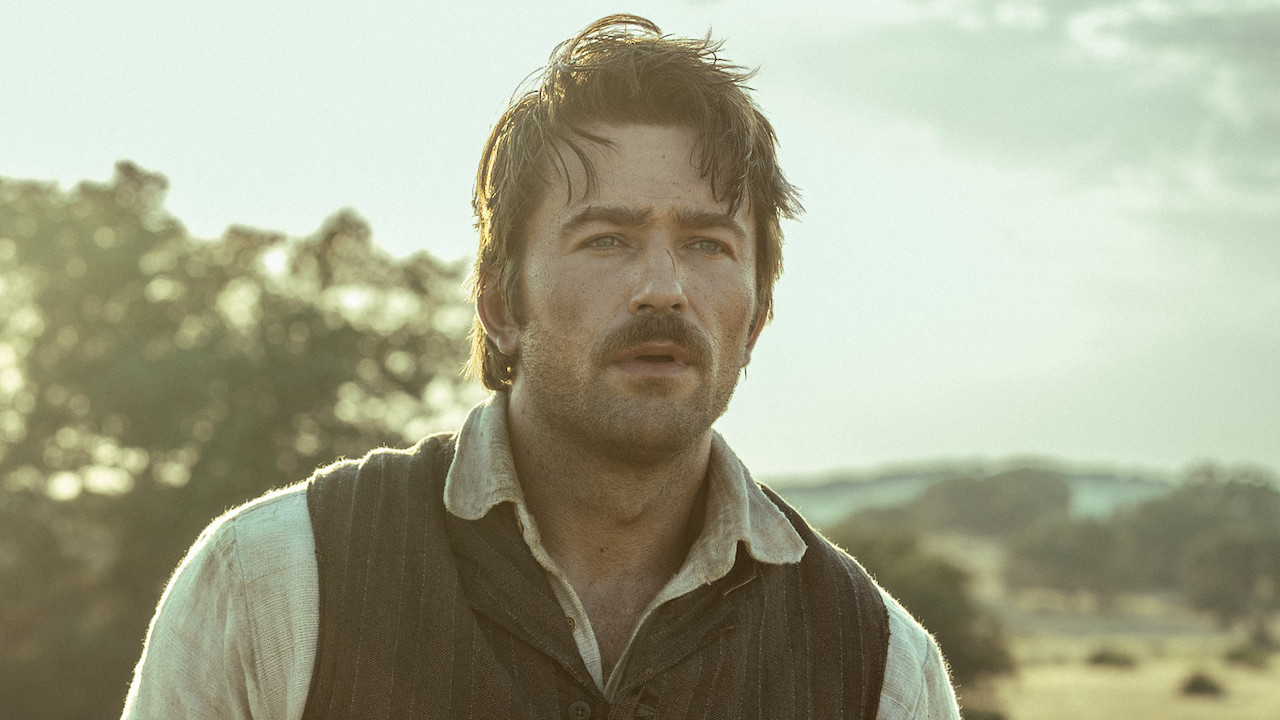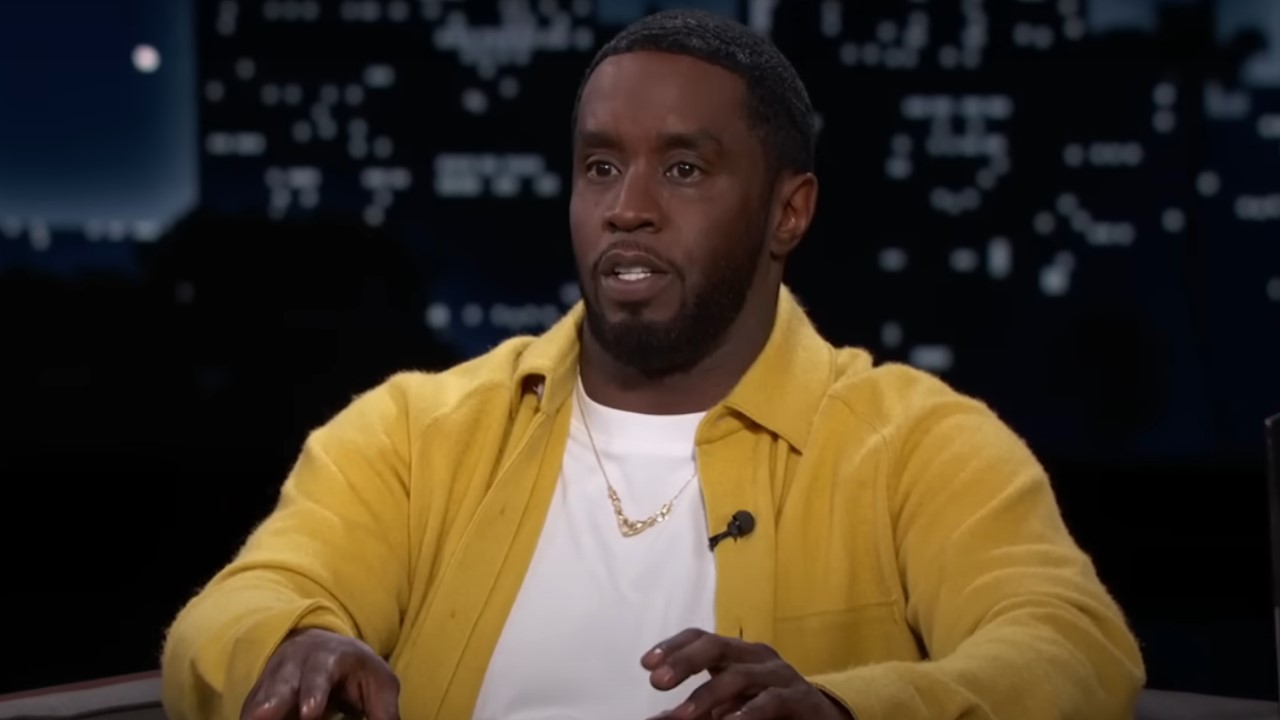David Cronenberg Talks Hysteria, History And His Evolution As A Filmmaker For A Dangerous Method
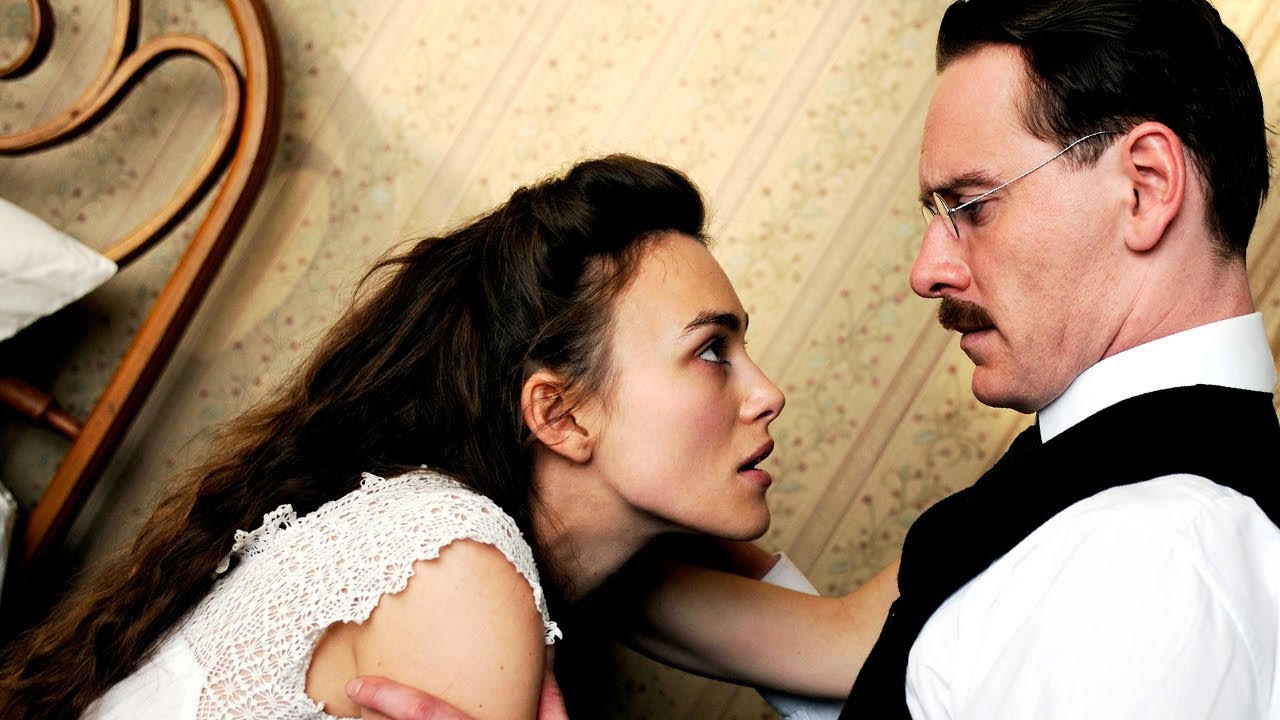
David Cronenberg's new movie might not be what you expect from the famously provocative director behind The Fly and Scanners, or even more recently the guy who put Viggo Mortensen through the wringer (and into an unforgettable shower scene) in A History of Violence and Eastern Promises. A Dangerous Method, the Cronenberg film that opens Wednesday, deals with psychoanalysis and hysteria and sexual violence, but almost always in words instead of action. It's the story of Sigmund Freud and Carl Jung, their friendship and how it was tested by a woman named Sabina Spielrein, who started out as Jung's half-mad patient and soon became a prominent psychoanalyst herself. Instead of letting the camera dive into Sabina's hysterical mind or linger on the S&M sex sessions between her and Jung, the movie-- adapted from a play by Christopher Hampton-- is steady and talky, allowing these brilliant minds to communicate in words rather than action.
But this is Cronenberg-- all that talking is as deliberate and well-crafted as anything else he's made in his career, and this time he's swapping out visceral body-horror for more intellectual discomfort for the audience. I spent half an hour talking to Cronenberg last month about A Dangerous Method, starting with the fact that he kicks off the movie with Sabina (Keira Knightley) in the midst of a hysterical fit, deliberately trying to throw off the audience. From there we talked about his reunion in this film with his Eastern Promises stars Viggo Mortensen and Vincent Cassel, his interest in the history of early 20th century Vienna, and then got really technical about how he learned his own camera style over the years-- it's a must-read for any aspiring filmmakers out there. There are also a few nuggets about his work with Robert Pattinson for the upcoming Cosmopolis, and one moment when he offhandedly mentions directors who do 99 or 100 takes and how he sees that as "madness, frankly." So I guess we can assume Cronenberg and David Fincher won't be working as co-directors any time soon.
Check out the conversation below, and see A Dangerous Method in limited release this weekend.
People have been asking you a lot about Keira Knightley's performance, and its not just that she's playing this incredibly extreme hysterical character, but that she's literally the first thing we see in the movie. Did you feel like you had to help the audience get into it at all, or did you want to just toss us in there with her? There's the opening credits sequence, but it's still a pretty jarring start.
Yes, that's good. People say "it made me very uncomfortable," and comfort is not what I'm selling really. I don't think movies are comfort food. Some movies are, but that's not what I"m interested in making. I don't mind that it should disorient people at the beginning, but I would hope that by the end of the movie they realize that, because of how beautifully modulated Keira's performance is, that that's quite accurate. That's an accurate depiction of what was called hysteria. You can't have her sit there and be mildly neurotic or something like that, because that's not what it was.
The research that we did included notes that Jung made about what Sabine's symptoms were. Incredible facial tics and deformations, inability to speak, partial paralysis, distortions of her body and posture. Keira and I talked about what the meaning of this was, and basically I felt that it was a symptom of the times, the repression of women and their sexuality. They were idolized, they were worshiped, they were put on a pedestal, they were made to be goddesses, but of course that's a trap, that's a cage. If you're a goddess you don't defecate, you don't have sexual desires, you don't masturbate, you don't do any of those things. Those were unspeakable things. And here's a woman who is saying that her father beating her sexually excites her and makes her masturbate, this is unspeakable. So we're saying part of her is trying to speak these words and part of her is trying to repress these words. I said to Keira, it really has to be in your face. She said, should I just do in the body so you can cut around it? I said no, I'm not going to cut around it.
I think people's misunderstanding-- and yeah, you can blame me for not providing the context- I felt really what are you going to do, have somebody lecture? It's boring. I'm depending on my audience's understanding and intelligence. I can understand them having that initial reaction, thinking wow, this is really extreme, but then later realizing what it's all about. We ultimately felt that we were being rather subdued. When you look at the real stuff, it's totally unwatchable, and it's slightly comic too. You can't believe these people are repeating these weird twists and tics. It's very disturbing.
CINEMABLEND NEWSLETTER
Your Daily Blend of Entertainment News
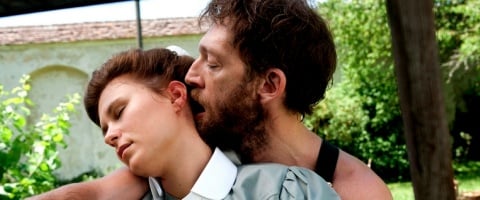
Otto Gross kind of shows up and careens through the story. How did you pick Vincent Cassel for that role and then decide to keep him in the movie in that form, as kind of the force of chaos?
Otto is kind of an irresistible character. He was a proto-hippie. He lived on a commune, he was a vegetarian, he believed in free love, he took drugs, he slept with his patients-- he would have fit in perfectly in the 60s in America. But because he was sent by Freud to go to Jung for therapy, and actually did have an influence on Jung in terms of his relationship with Sabine, it made sense for him to be an actual character. Jung says "He's dangerous to me because he's so convincing"-- we need to see him be convincing. We need to see what this guy is.
Vincent-- well, with casting, there's so many factors you have to consider. Primarily, there are only a couple of photos of Otto Gross, and he looks like Vincent. It's a Canada-Europe co-production, so because Vincent is European, we can have him. This is a consideration with casting-- what is their passport? And can we afford them? All of these things you have to take into account. It's not just "I'll have anybody I want." And he was excited to do it. And it's ironic because he's in a movie with Viggo, but they don't have any scenes together.
What's the value in having that existing working relationship with Viggo and Vincent Cassel, as opposed to that process of discovery working with someone like Keira for the first time?
You can't possibly work with only people you know, but on the other hand it gives everybody some stability and comfort to have familiarity around. It's a matter of trust, and your faith in your own ability to assess their talent. For example, Viggo is not obvious casting for Sigmund Freud. But because I know him and I know his research and the depth of preparation and devotion to a project, I was confident that he could be the Freud of my dreams. Would I have thought of that if I had never worked with Viggo before? Probably not.
There's a lot of history around this story, like the impending world wars and all the historical knowledge we have about Freud. Obviously you're really interested in that stuff, but where did you decide to put it in and where to let the audience figure it out?
Mostly it was Christopher. It's true that I did edit his script and make suggestions and cut some things. It is intuitive. You want to give your audience enough, but you don't want to give them too much to absorb. This movie, if you see it a second time, a lot of things will be much clearer. These people were very articulate, they spoke quickly, they used big words and they used very abstract concepts. It's a lot to absorb for a modern audience. But it's always a question of balance in a script, especially a historical one.
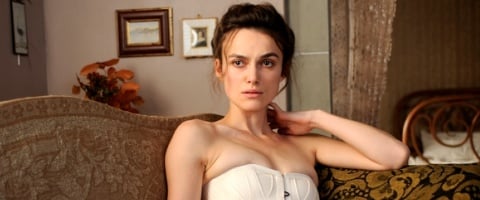
There's one specific shot in the movie that I have to ask about. It happens after the sex scene, and Keira is sitting on the couch with her breast poking out of her corset in this really, really uncomfortable looking way. That has to be deliberate-- why did you set up the shot that way?
What's interesting is my wife and I just went to the de Kooning exhibit at MoMA, and one of his portraits is called Woman Sitting, and it's exactly Keira (click here to see the portrait). Her left nipple is showing above a corset as she sits. It's extraordinary, and I had no idea. I thought, it's something archetypal about this. When she sat there that's what happened, and I decided that it was terrific. At that moment she's in a position of power. She's about to tell Jung that she's going to leave to study and she might even study with Freud, and she's feeling her power, and she's also no longer ashamed of her masochism and her sexuality and her slightly perverse bondage beating sexuality. Then she just ignores it, and she's not even almost conscious of it. For her, we don't think it was discomfort. She even said to me, "Would I even be sitting after getting whacked on the rear like that?" And I said, "Well, you're a masochist remember, so it's fine." So I felt it was brazen of Sabine, deliberately brazen. If that's what happened she would let it happen, and she's no longer going to repress herself in any way.
There are a lot of ways to display mental instability with a camera, but here you really leave it to the actors. Was that always the way you wanted to tell this story?
It depends on what you mean by "always." I don't do storyboards, and I don't come to set with a big overall concept of "I must do this, I must do that." Of course there's a lot of preparation. You set yourself up automatically by choosing the locations you do, designing the sets you do. In this case of course we had historical things we wanted to reproduce accurately, like Freud's office. Until I actually got to the scene with the actors, I had no idea how I was going to shoot it. And it's all intuitive. I don't really have an agenda or a schematic concept. But I've aways felt, you're always sensitive to what the movie asks you to do. The movie will tell you what it wants, it will tell you what it needs.
In retrospect, it's the era. It was an era of great stability, soon to be upturned by the First World War. But this was an empire. It was the Austro-Hungarian Empire, which had existed for 700 years, and in Vienna they felt they were the super-civilized, you could deal with everything through reason and rationality. They did not want to know about the underbelly, they did not want to know about what Freud was saying about the turbulence that's underneath this thin veneer of civilization. It's a process of resurrection, basically, if you're doing a biography. I wanted these people to come back to life. But I also wanted the era to come back to life, I wanted to feel their context. That very controlled, very precise, everything clean, everything neat, everything ordered, that is what my style reflects. While I wasn't conscious in the sense of, oh yeah, I'm going to have to do this. It just comes out of shot by shot, it either feels right or it doesn't. It's just bit by bit.
Is that an instinct you've only developed as a result of making movies for so long? When you first started did it feel that way too?
When I started to think about filmmaking, I had been thinking of myself as a writer. My father was a writer, and I thought I would be a novelist. So I thought, well, I understand drama, and I understand writing, and therefore I feel that I can write dialogue. But do I have a visual sense? I don't know. I had never been an artist. Will I know where to put the camera? Will it feel right when I do one thing and wrong when I do others? And there are directors who do not have a visual sense. Some of them are theater actors, they had good rapport with actors but no idea where to put the camera, or depend on their cameraman, or somebody else to help them. Sometimes they don't have help and you can see the visual thing is all over the place. Other directors have a great eye but they don't have a good rapport with actors, and you can feel that as well. You want to have as much of that as you can. Some people are great but they have no ear for music, so they work with composers-- you collaborate with people to fill in the things you can't do well.
Early on it didn't take me too long to learn that I did have a visual sense, that I could really feel when it was, literally I could feel almost nauseated if the camera was in the wrong place with the wrong lens. When it clicked in, when it was right, it felt fabulous. I couldn't always make it happen the way I wanted to, because very low-budget filmmaking is very fast with not a lot of time, and sometimes you're working with crew people who are not the best, although I've been pretty lucky that way. By this time, yes, I think my director of photography Peter has told me that I direct very differently than I did when we started in 1988 with Dead Ringers. Particularly I just don't shoot as much. I don't shoot as many angles. I don't cover a scene from beginning to end with every angle.
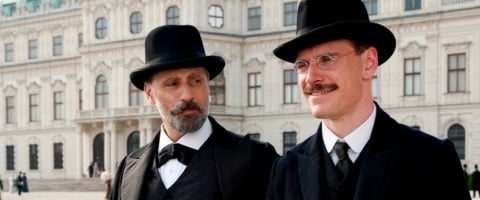
Is that because you can see the movie for yourself as you do it?
Yeah. As we do it I feel, OK, I see how the scene is blocked. You get the feeling, and you get confident that you will not suddenly be in the editing room and say "Why the hell didn't I do that shot?" There are little escape hatches you can use, ways that you can edit your way out of the coverage. But it takes time to learn that, and have confidence that your decision on the set will hold up in the editing room.
Doesn't it allow you to rely on performances more, like in Keira's first scene, you're really just watching her. Do you like giving that power to the actors?
I do. And I think they feel it too. And I'm not driving them crazy by doing 100 takes or 50 takes. You hear about guys doing that and I think, "What are they expecting to get out of take 99?" I think that's madness frankly.
Working with Robert Pattinson in Cosmopolis, is it that same process of really focusing on your actor and giving him a lot of freedom?
He's in every scene. It's quite a different structure from A Dangerous Method. I think the only similarity really is that there's a lot of dialogue, but it's a very different kind of dialogue, a completely different kind of movie. I did shoot it even more ascetically. We finished 5 days early, and I did my director's cut in two days. That's a record for me. And yet it seems to work really well. Basically you're not giving your editors much to work with. At moments he was begging me to do coverage and I wouldn't. I said I don't need that closeup, I don't want that. I'm confident that letting it hang in the long shot is the way to do it. There are classic mistakes that young directors make, they get so enamored of this tricky dolly shot or steadicam shot, then they don't want to do closeups because they think they've done this genius shot, then in the editing room they realize all the emotion, they can't see it. you have to do closeups. But that's a lesson you learn very early on in your career as a director. You have to have unshakeable confidence if you're not going to do that coverage. You have to know this is exactly what I want it to be.
Staff Writer at CinemaBlend

